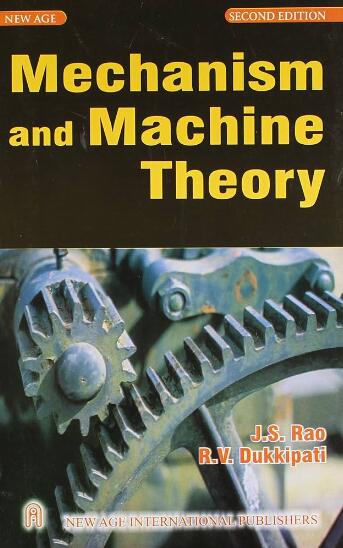重新定义高阶柔性和刚性的全球方法
IF 4.5
1区 工程技术
Q1 ENGINEERING, MECHANICAL
引用次数: 0
摘要
康奈利和塞尔维提乌斯给出的双瓦特机构的著名例子分别对高阶柔性和刚度的经典定义提出了一些问题,因为他们认为该机构的尖顶构造是三阶刚度,这与它的连续弯曲相冲突。为解决这一难题,人们进行了一些尝试,但都未能解决问题。由于尖顶机构证明了任何使用高阶约束的局部流动性分析的基本缺陷,我们提出了一种受萨比托夫有限算法启发的全局方法,用于测试多面体的可弯曲性,该方法允许我们(a)反复计算具有高阶弯曲性的配置,以及(b)对高阶柔性和刚度进行适当的重新定义。我们在几个例子(双瓦特机制和塔尔奈的莱昂纳多结构)中演示了所提出的方法。此外,我们还确定了具有三阶屈曲的给定 3-RPR 机械手的所有配置,并提出了相应的屈曲阶数为 23 的关节杆框架。本文章由计算机程序翻译,如有差异,请以英文原文为准。
A global approach for the redefinition of higher-order flexibility and rigidity
The famous example of the double-Watt mechanism given by Connelly and Servatius raises some problems concerning the classical definitions of higher-order flexibility and rigidity, respectively, as they attest the cusp configuration of the mechanism a third-order rigidity, which conflicts with its continuous flexion. Some attempts were done to resolve the dilemma but they could not settle the problem. As cusp mechanisms demonstrate the basic shortcoming of any local mobility analysis using higher-order constraints, we present a global approach inspired by Sabitov’s finite algorithm for testing the bendability of a polyhedron, which allows us (a) to compute iteratively configurations with a higher-order flexion and (b) to come up with a proper redefinition of higher-order flexibility and rigidity. The presented approach is demonstrated on several examples (double-Watt mechanisms and Tarnai’s Leonardo structure). Moreover, we determine all configurations of a given 3-RPR manipulator with a third-order flexion and present a corresponding joint-bar framework of flexion order 23.
求助全文
通过发布文献求助,成功后即可免费获取论文全文。
去求助
来源期刊

Mechanism and Machine Theory
工程技术-工程:机械
CiteScore
9.90
自引率
23.10%
发文量
450
审稿时长
20 days
期刊介绍:
Mechanism and Machine Theory provides a medium of communication between engineers and scientists engaged in research and development within the fields of knowledge embraced by IFToMM, the International Federation for the Promotion of Mechanism and Machine Science, therefore affiliated with IFToMM as its official research journal.
The main topics are:
Design Theory and Methodology;
Haptics and Human-Machine-Interfaces;
Robotics, Mechatronics and Micro-Machines;
Mechanisms, Mechanical Transmissions and Machines;
Kinematics, Dynamics, and Control of Mechanical Systems;
Applications to Bioengineering and Molecular Chemistry
 求助内容:
求助内容: 应助结果提醒方式:
应助结果提醒方式:


